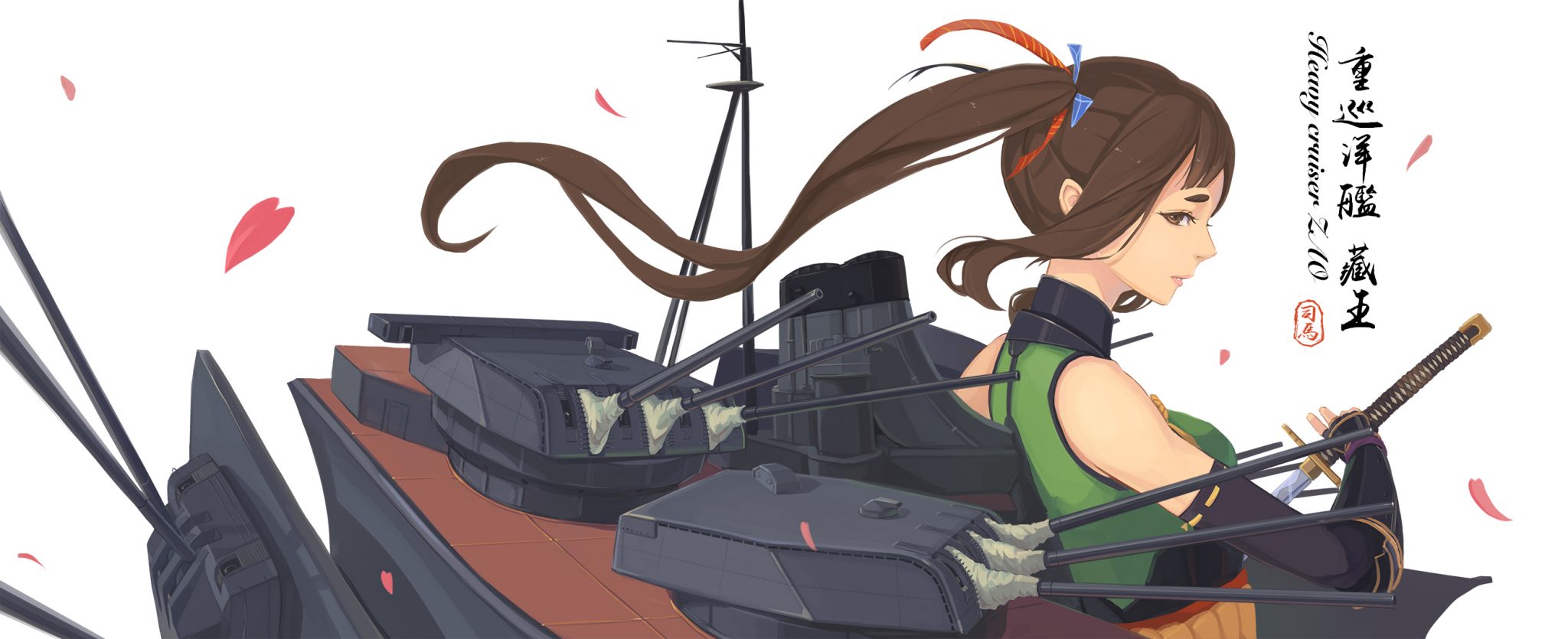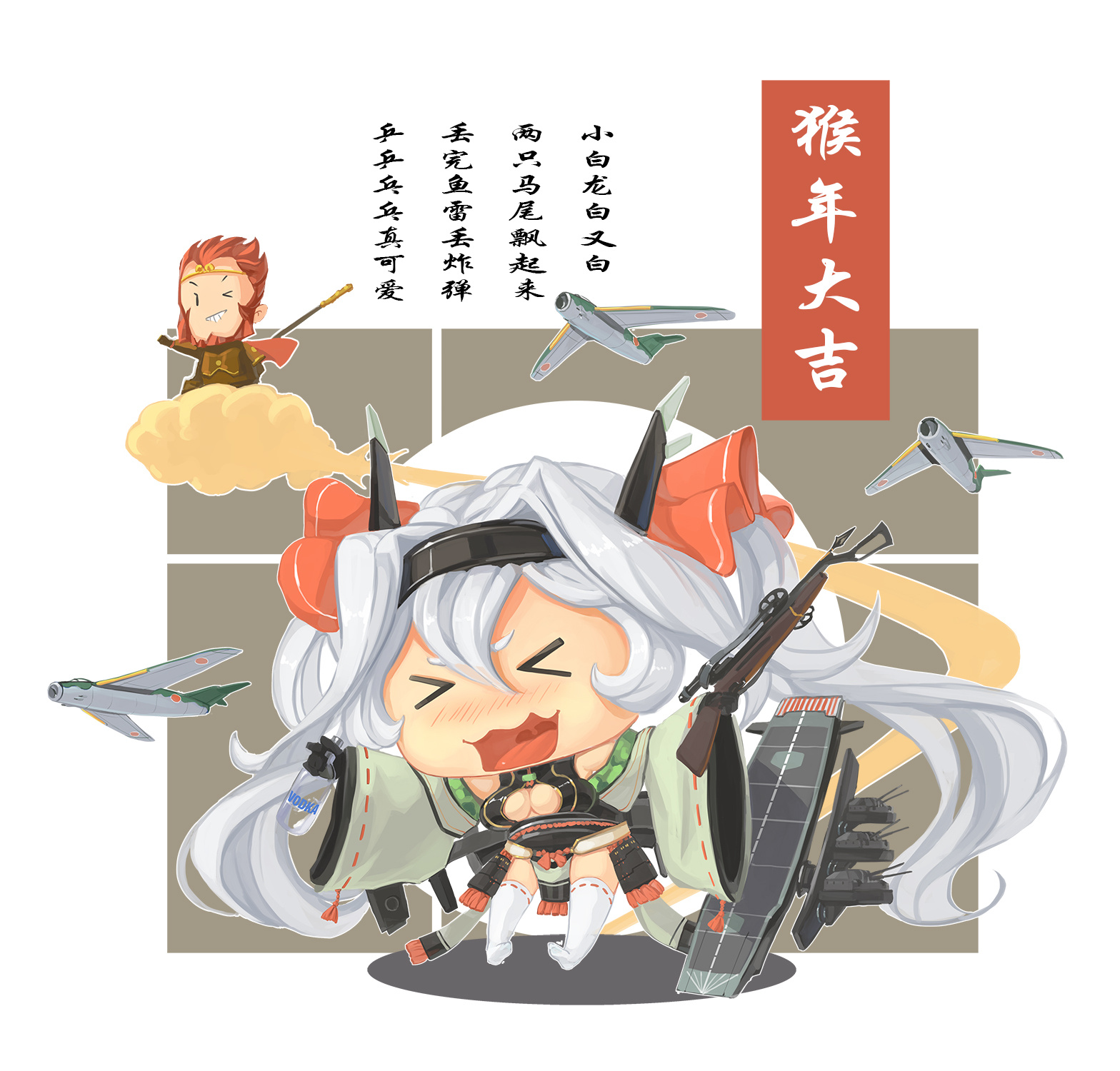STEC Archives, Print Document Division
Curator signature: Shaw
Format: Message, Personal
Object: Telegram #119 from Dr. Herbert L. Pugh, Surgeon General of the United States Navy
Location (if known): Unknown
Time (if known): Unmarked.
Dear Commodore Wallace,
Please allow me the opportunity to preface this note with my abject incredulity. I have just spent the last four days pouring over every detail of your report, and your proposed solution is outlandish, unscientific, unhinged, and unbecoming of something coming out of the office of a United States Navy officer.
You are forgiven for having exactly zero knowledge of military medicine. Military medicine is a well-conceived, well advised, and well established device, system, or mechanism. Our mission, which is to provide the Armed Services with a quality or brand of medical coverage that is essential to the proper and efficient function of the military, is critical to the best interests of the individual and of the national welfare. To that end we must not only be scientific, but we must cautiously and yet paradoxically push fearlessly our own boundaries so that we may remain vigilant against all threats, the greatest of which is that task you were assigned on.
Bless your heart, Conrad, but fairies? Fairies!?! Little humans that “appear and disappear at will?” Nearly two whole years on the task and your best answer is put precious research dollars, raised by the citizenry, towards understanding “fairies?” I have half a mind to phone Nimitz and put in a strongly worded recommendation for your retirement.
With warmest regards,
Dr. H. Lamont Pugh
STEC Archives, Print Document Division
Curator signature: Shaw
Format: Message, Personal
Object: Telegram #120 from Dr. Herbert L. Pugh, Surgeon General of the United States Navy
Location (if known): Unknown
Time (if known): Unmarked
Conrad,
Ignore previous telegram. Fry me in butter and call me a catfish, the fairies are real after all. Proceed as initially reported.
An extraordinary problem often requires an extraordinary solution.
Sometimes, however, the extraordinary solution ended up being something quite unremarkable. This was one of them. Anticlimactically, the solution to the abyssal affliction ended up being not a chemical or a particular treatment protocol, but in literal, casual interactions with the shipgirl and her fairies.
There was – initially, at least – significant amounts of dissent coming out of STEC’s own research staff, many of whom felt that the conclusion was a let-down. Arguments to end STEC’s research division (not necessarily Iowa herself) were numerous, with most grounded in near-fatalist reasoning. Why bother with anything, some argued, if the shipgirls themselves provided all the solutions to the problems? After everything modern medicine has tried, the fact that some tiny magical critter could literally wave its hand and make the problem go away is a rejection of everything that humanity is capable of. Give Iowa and her fairies a nice place to live, keep her happy, and call it a day. Why waste mortal resources on something that the immortal would take care of anyways?
The answer to that question is fundamentally one of a personal nature. When faced with the supernatural, the unknowable, or simply something it doesn’t understand, humanity tends to fall into two mindsets. Most of the time, it becomes passive. Fueled by pride and ignorance in equal parts, when the human mind becomes accepting – and eventually, reliant – on answers outside of its control, the end result is nothing short of learned helplessness.
Sometimes,hopelessness and apathy are just as deadly as guns or teeth.
Yet there is a distinctive alternative. When the mind chooses to look into the unknown and acknowledge – clearly, concisely, with humility – of its own limitations in its current understanding, it rejects the paradigm that was laid out for it. By taking matters into its own hands, it is by definition taking the first step of a journey (mentally or otherwise) onto the unknown path, which humanity is trained – subconsciously or otherwise – to fear and avoid.
Yes, so the fairies offer a cure. Why? How? Is there a way to improve upon the method? How can the fairies be studied? Is this applicable to any other area? In what way can this be used to better understand something – medicine, psychology, perhaps ultimate questions pertaining to humanity itself?
None of these questions have easy answers. Some may never be answered. Yet such questions are hardly foolhardy or a waste of precious resources. Each solution uncovered burns away at the aura of invincibility, incomprehensibility, or inevitability that previously blocked progress. Each question asked a declaration of war against predestined downfall. Even solutions that fail result in progress of an alternative kind. After all, the rate of success through inactivity caps out and ends at zero.
There will always be those who believe that humanity is doomed from the onset. Yet there are also others who believe that alone, together, or with divinely inspired aid, humanity can overcome its tendencies towards stagnation and move towards a better future.
It may take some courage or willpower or hardwork, but it can be done – if there is a will for it. As history would show, STEC would not be the only ones to choose to fight, but they were, as some would proudly say, some of the first.





